When diving into the realm of used vinyl records, enthusiasts often find themselves amidst a treasure trove of history and artistry. Opting to buy vinyl for beginners can be not only a more affordable entry point but also a journey into music's tangible past. The primary allure lies in obtaining rare or out-of-print editions, which hold not just sentimental but potentially substantial collector value. Additionally, vintage vinyl shopping offers a unique charm and sound quality that many argue digital formats can't replicate, making the hunt for that perfect record all the more satisfying.

Understanding Vinyl Condition and Grading Standards
How to Evaluate Surface Scratches, Warping, and Scuffs
Evaluating vinyl records requires attention to specific details that affect playback quality. Surface scratches, warping, and scuffs each play a role in determining the listening experience, and understanding their impact can guide purchasing or maintenance decisions. By closely inspecting these aspects, vinyl enthusiasts can make informed choices about their collections, ensuring both aesthetic and audio satisfaction:
- Surface Scratches: These scratches occur when the record has been handled or stored improperly, causing light abrasions on the surface. While these scratches may seem concerning, they don’t always disrupt the sound quality significantly, as they tend to affect only the outermost layer of the vinyl. However, if scratches are deeper, they may produce pops or skips during playback. To assess, gently tilt the record under a light source to identify surface marks and determine their depth. As a rule, test playing a record with visible scratches is ideal to evaluate if they impact sound. Minor scratches may be tolerable, but avoid records with deep, cross-groove scratches for optimal audio quality.
- Warping: Warps create an uneven shape in the vinyl, affecting how the needle tracks across the grooves, leading to distortions, skips, or even needle jumps. To check for warping, place the record on a perfectly flat surface and observe any raised edges or points where the record lifts off. Severe warping can make a record unplayable, while slight warps might only cause minor sound fluctuations. Flattening techniques, like using record weights, may help reduce mild warping effects, but avoiding records with noticeable warps is ideal for preserving sound quality and playback consistency.
- Scuffs: Unlike scratches, scuffs generally do not penetrate deep enough to affect the grooves and, consequently, have minimal impact on playback quality. However, a heavily scuffed record might have an aesthetically worn appearance, which can detract from its value in a collector’s eyes. To assess, inspect the vinyl for dull, blurred areas that might indicate scuffing. While scuffs are less problematic for sound, they can reveal a history of handling and storage practices.
Thoroughly assessing these aspects provides valuable insights into the condition and longevity of a vinyl record. Paying attention to surface scratches, warping, and scuffs will help vinyl collectors ensure they are purchasing records that align with their playback and aesthetic standards, ultimately enhancing their listening experiences.
Common Grading Terms
Vinyl record buying involves understanding grading terms that sellers use to describe the condition of their items. The most common gradings are Mint (M), Near Mint (NM), Very Good (VG), and Good (G). Mint records are perfect, without any signs of wear. Near Mint records have been handled but show no obvious signs of wear. Very Good records have noticeable signs of wear and minor scratches but still play well. Good records have significant wear and surface noise but should still play through without skipping. Knowing these terms helps you buy vinyl for beginners and seasoned collectors alike.
Assessing the Condition of Album Covers
The condition of album covers and inner sleeves is another critical factor to consider when you purchase vinyl records online. A well-preserved album cover and inner sleeve can protect the record from dust and scratches, thereby preserving its quality and value. Check for seam splits, bent corners, and any discoloration or water damage. Inner sleeves should be intact without tears. Collectors often value original inner sleeves highly, making them a significant aspect of the record's overall value.
Recognizing Red Flags for Poor Sound Quality
Besides the obvious scratches and warps, look for signs of mildew or mold in the grooves, which can cause permanent audio damage. A cloudy appearance on the vinyl surface might suggest chemical degradation, which can also affect sound quality. Always inquire about or test-play the vinyl to ensure there are no underlying issues that aren’t immediately visible. This step is crucial in how to evaluate the vinyl condition effectively, ensuring you make purchases that meet your expectations for sound quality.
Exploring Types of Vinyl Pressings and Editions
Standard and Audiophile-Grade Pressings
Standard pressings are the most common type of vinyl records found in stores and online. They are manufactured in large quantities and are intended for general public consumption. On the other hand, audiophile-grade pressings are made with high-quality vinyl quality materials and specialized mastering techniques to provide superior sound quality. These records are often thicker and heavier, reducing vibration and providing a cleaner sound. Understanding these differences helps in choosing whether to invest in a premium product or stick with the more readily available standard editions.
First Pressings and Their Collector Value
Collectors highly seek after first pressings due to their potential historical and rarity value. They are considered the original copies produced when the album was first released. Collectors often perceive these as having higher collectible records, especially if they come from notable music eras or artists. These versions can sometimes contain unique mixes or tracks that were altered or removed in subsequent pressings, adding to their desirability and demand among enthusiasts.
Special Editions and Limited Pressings
Both records offer something unique that standard pressings do not—whether it’s colored vinyl, alternative artwork, or bonus content. These editions are typically produced in smaller quantities, enhancing their exclusivity and appeal. Collectors looking for special edition vinyl records will find these particularly attractive, as they often represent a significant aspect of music history or artist collaboration that can't be found in regular issues.
Identifying Reissues vs. Original Pressings
Reissues are reproductions of original albums, often released to meet ongoing demand or reintroduce classic records to new audiences. While they can offer the same music at a more affordable price, they may lack the original's sound nuances due to different production methods or source materials. Distinguishing between a reissue and an original pressing is vital, as it affects the record's authenticity, collectability, and market value. A detailed examination of catalog numbers, label designs, and matrix numbers on the record can provide clues about its originality.

Building a Collection with Essential and Popular Albums
Must-Have Vinyl Records
Building a collection with used vinyl can be daunting for beginners. It's important to start with albums that not only hold musical significance but are also known for their high-quality vinyl records, demonstrating the true warmth and depth of vinyl sound. Here are some cornerstone albums that have stood the test of time and are essential for any budding collector:
- The Beatles - Abbey Road: Released in 1969, this album showcases the band’s evolution with a seamless mix of rock, pop, and experimental sounds. Known for its remarkable soundstage, Abbey Road features the iconic suite on Side B, demonstrating the clarity and warmth that vinyl captures best. Tracks like “Come Together” and “Something” have a resonance on vinyl that digital formats often lack. Collectors prize original pressings of Abbey Road, but quality reissues are also widely available, making this album accessible for beginners aiming to experience one of rock’s finest moments.
- Fleetwood Mac - Rumours: Rumours is an essential album for collectors, celebrated not only for its legendary tracks but for its unparalleled production quality. Released in 1977, this album captures the emotional turbulence within Fleetwood Mac, blending themes of love, betrayal, and resilience. Songs like “Dreams” and “Go Your Own Way” showcase exceptional mixing and production that shine on vinyl. The album’s warm tones and clean sound make it a pleasure to experience on a turntable, bringing out subtleties that deepen its emotional impact.
- Michael Jackson - Thriller: Often hailed as the best-selling album of all time, Michael Jackson’s Thriller remains a cornerstone for vinyl enthusiasts. Released in 1982, this album transcends pop music with genre-blending tracks like “Billie Jean,” “Beat It,” and, of course, “Thriller.” Produced by Quincy Jones, Thriller is meticulously crafted, and the sonic quality is elevated when heard on vinyl, allowing listeners to experience the depth of Jackson’s voice and the clarity of the production. This album is essential not only for its cultural significance but also for the immersive sound quality vinyl brings to each track.
- Pink Floyd - The Dark Side of the Moon: Known for its innovative use of studio effects and advanced production techniques, The Dark Side of the Moon is a must-have album for any vinyl enthusiast. Released in 1973, this album pushed the boundaries of rock and is beloved for its cohesive, thematic exploration of life, mental health, and time. Audiophiles appreciate its complex soundscapes, and vinyl captures these nuances beautifully, from the heartbeat intro to the haunting echoes on “Us and Them.” High-quality pressings reveal layers of sound that are otherwise muted on digital platforms.
- Nirvana - Nevermind: Nevermind represents a seismic shift in rock music, bringing the grunge movement to the forefront in the early 1990s. Released in 1991, this album combines raw energy with compelling lyrics, resonating with fans worldwide. Songs like “Smells Like Teen Spirit” and “Come as You Are” offer a gritty, powerful sound that vinyl enhances by capturing the album’s dynamic range. The album’s production values ensure that, despite its rough edges, the sound quality on vinyl remains impactful, delivering an authentic listening experience.
Adding these albums to your collection offers an enriching start to vinyl listening, combining historical significance with audio excellence. Each record embodies a unique piece of music history and showcases the depth that vinyl can bring to listening experiences, allowing collectors to build a well-rounded, quality-driven foundation for their collections.
Popular Genres and Artists
Collectors often focus on specific genres that either appeal to their personal taste or are known to have records that appreciate value. Rock, jazz, and blues are particularly popular, with artists like Bob Dylan, Miles Davis, and B.B. King offering numerous collectible options. Albums in these genres are often praised for their innovation and the quality of their recordings, making them excellent additions to any collection.
Timeless Classics and Essentials
Timeless classics span multiple genres and decades, offering a diverse listening experience that is both enriching and educational. Albums such as Marvin Gaye's "What's Going On" and David Bowie's "The Rise and Fall of Ziggy Stardust and the Spiders from Mars" are essential for their groundbreaking sound and influential nature.
Exploring Genres to Add Variety
Expanding your collection across various genres not only enhances your listening experience but also strengthens the cultural value of your collection. From classical to hip-hop, each genre offers unique sounds and histories worth exploring. Albums like Public Enemy's "It Takes a Nation of Millions to Hold Us Back" and Beethoven's Symphony No. 9, performed by the Berlin Philharmonic under Herbert von Karajan, are examples of high-quality recordings that cover the spectrum of music history.
How to Find Quality Used Vinyl Online
Top-Rated Online Marketplaces
Online platforms have become a primary source for vinyl record buying. Websites like Vinyl.com offer extensive catalogs where you can find quality used vinyl online. These platforms provide detailed listings with information about the record's condition, pressing details, and seller feedback. For those looking to purchase vinyl records online, these marketplaces offer tools for comparing prices and conditions from sellers worldwide, making it easier to find rare editions and negotiate better deals.
Shopping at Local Record Stores
Local record stores are treasure troves for vinyl enthusiasts. These shops often provide a hands-on experience that online shopping cannot match. You can physically inspect the vinyl and get recommendations from knowledgeable staff who understand vinyl quality. Moreover, local stores often host community events where collectors and music lovers can connect, share, and discover new music. Vinyl markets or fairs are also excellent for finding a wide range of records in one place, allowing for direct negotiation with sellers.
Understanding Seller Ratings and Return Policies
When shopping for used vinyl records online, it's crucial to assess the reliability of sellers. Most platforms feature a rating system where buyers can review their experiences, which can guide new customers in making informed decisions. Always check a seller’s ratings and read through the comments to measure their reputation and service quality. Understanding the return policy is vital. This knowledge ensures you can return a record if it does not meet the stated condition or if there's an issue with the playback.

Collecting essential albums on vinyl is a passion that combines the love of music with the appreciation of art and history. As you build your collection, each record tells a story—not just through the music it plays but also through the memories associated with each purchase and play. Whether it's finding a rare pressing of a popular vinyl records for new collectors or discovering new music that moves you, the journey of collecting vinyl is filled with rewarding experiences that enrich your appreciation of music.
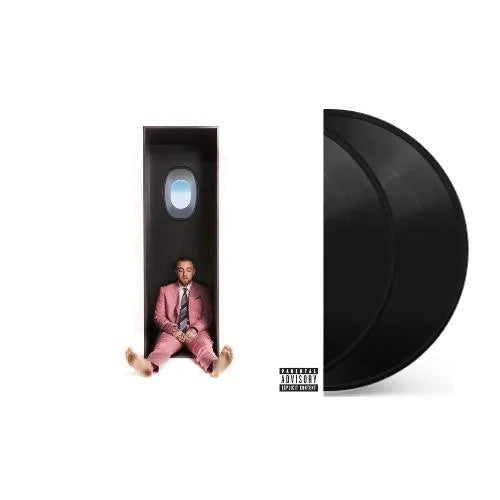
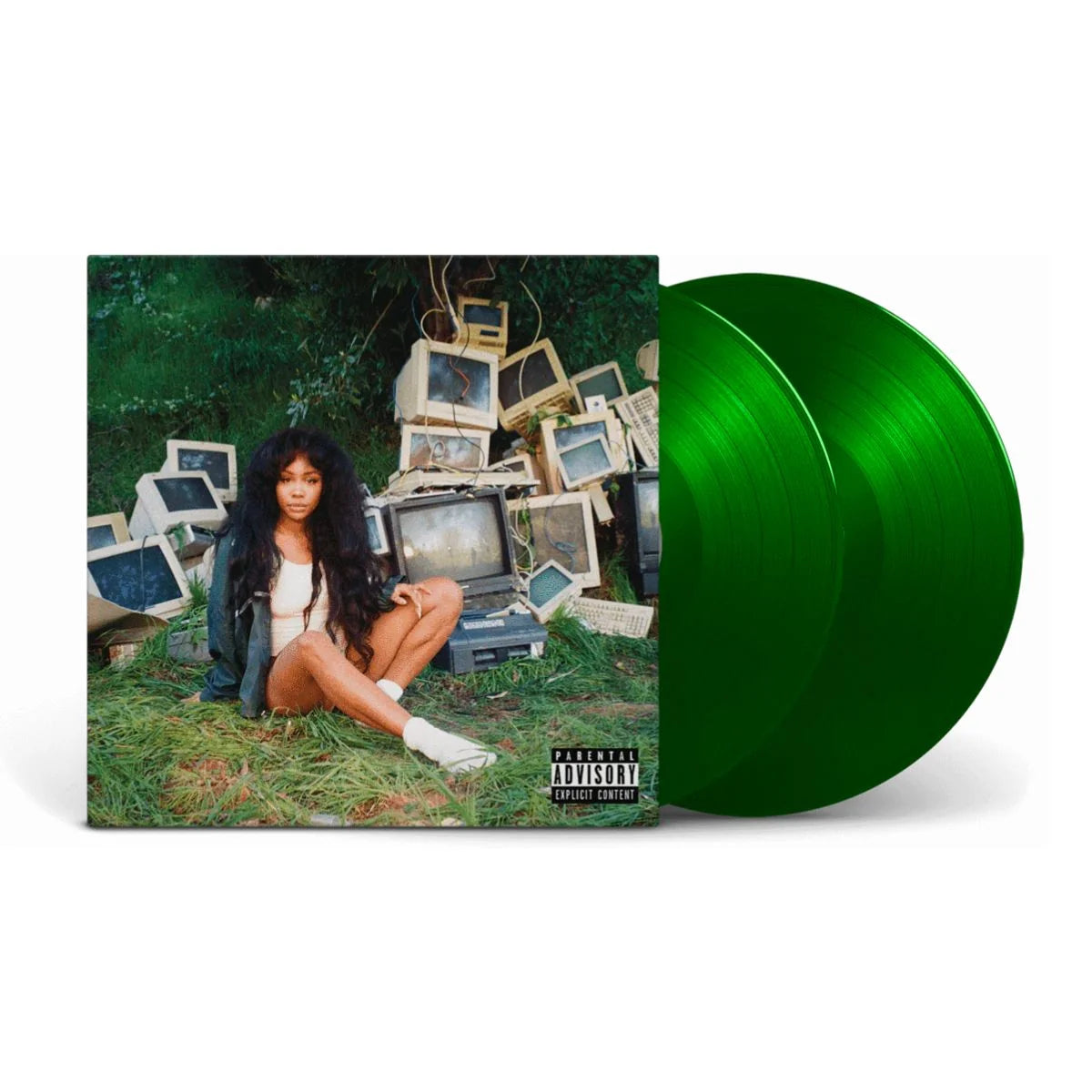
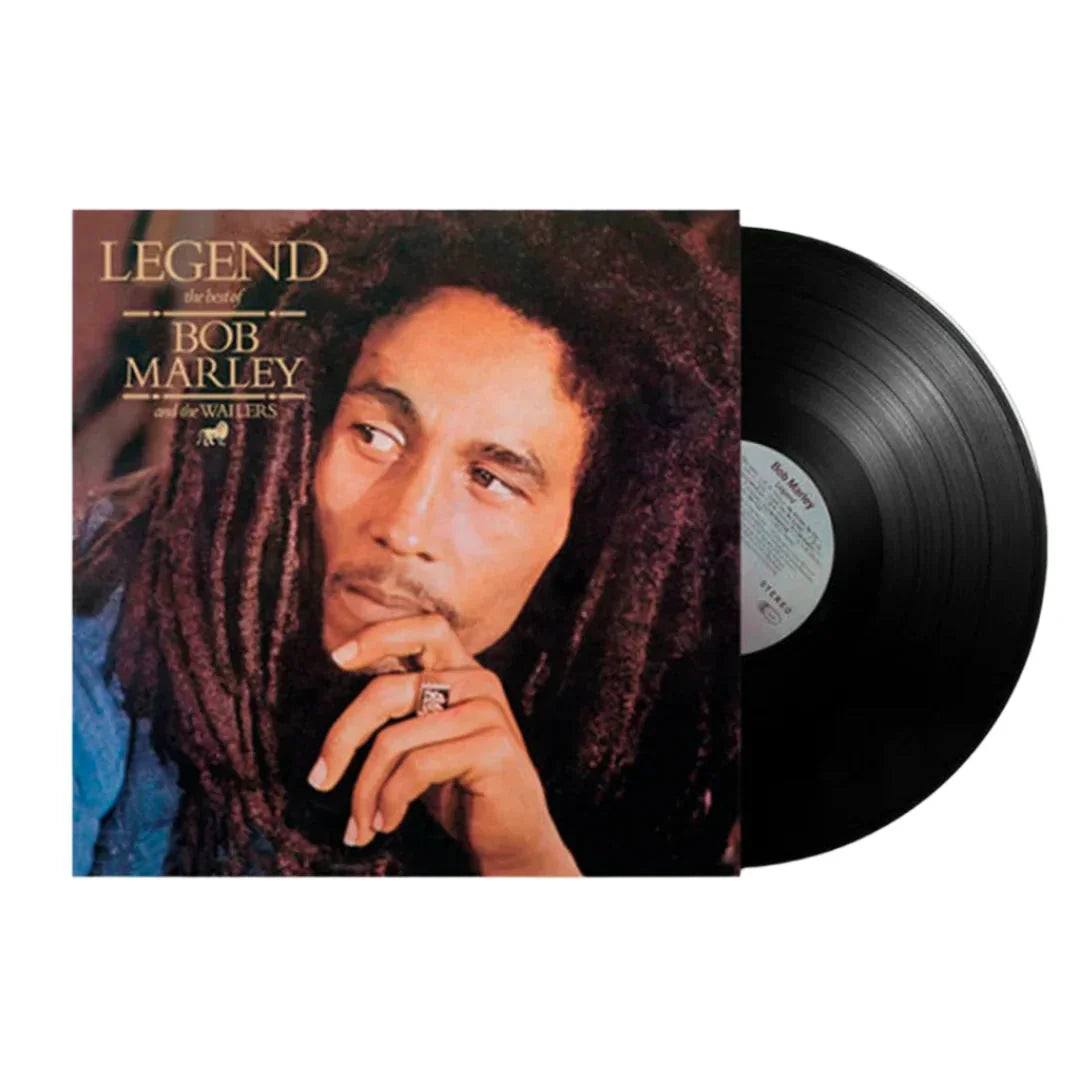

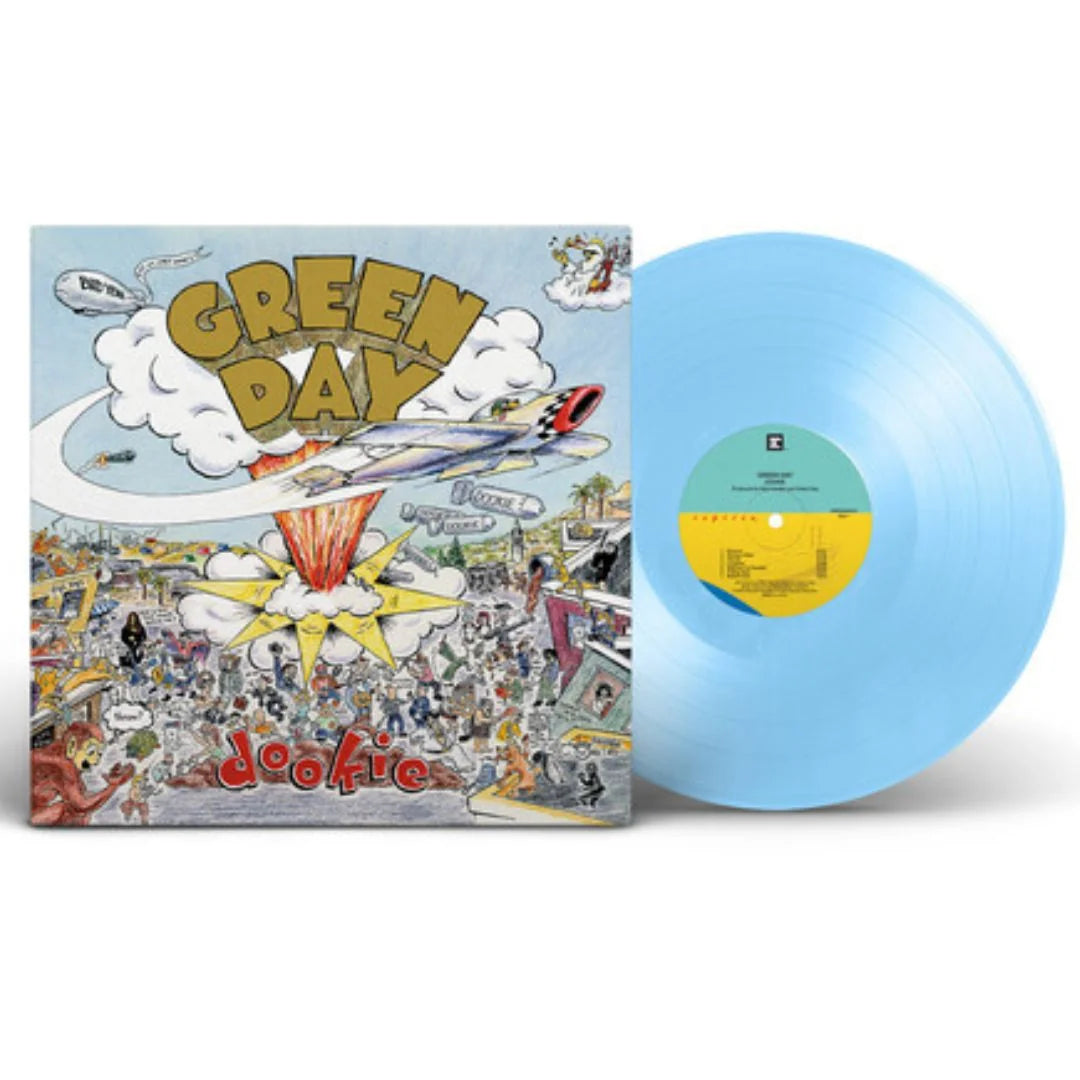
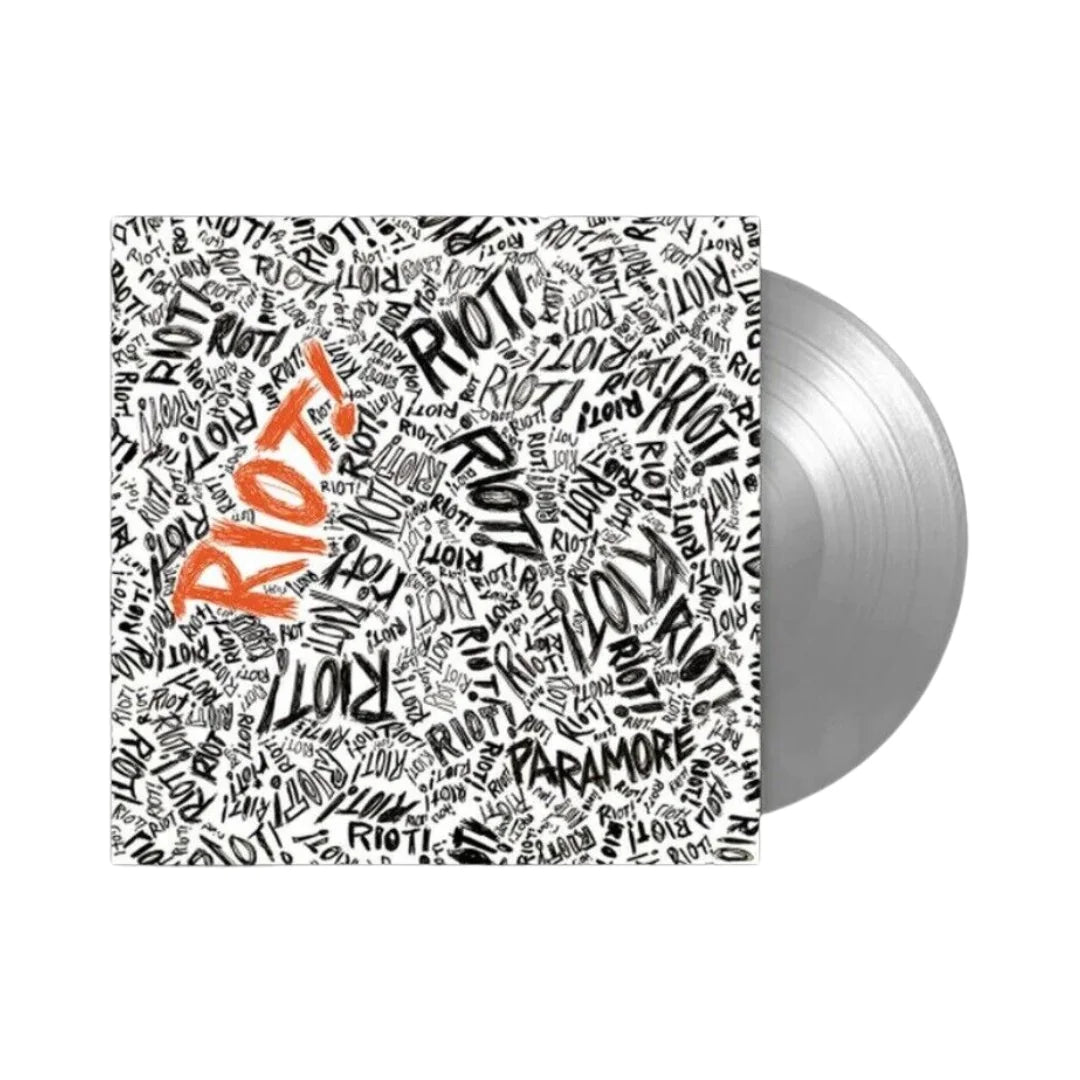
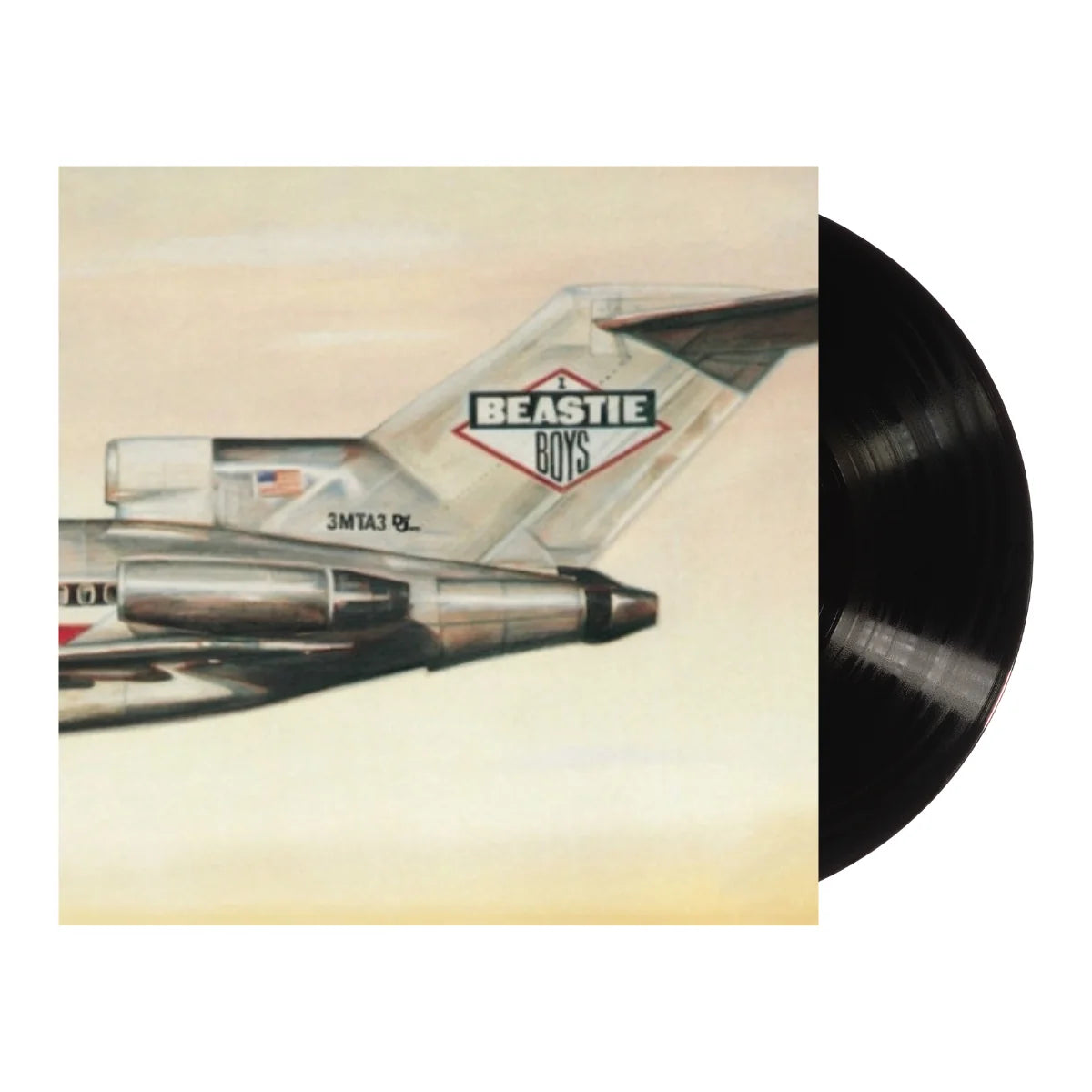
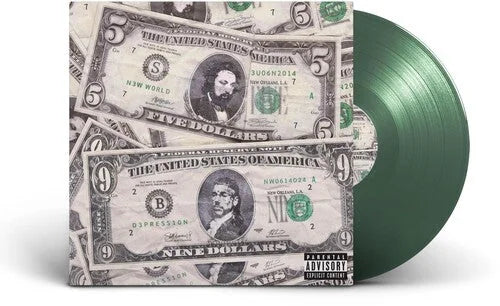
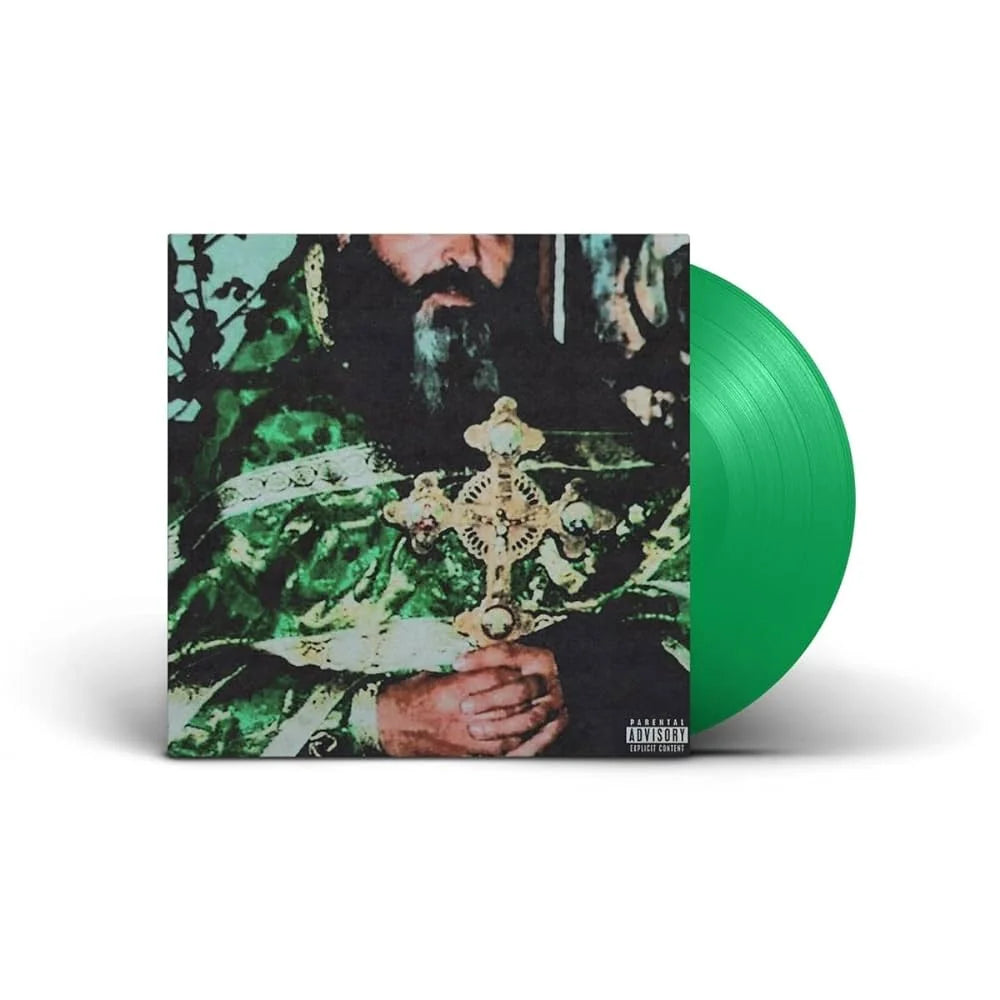
![$Uicideboy$ - Thy Kingdom Come [Clear]](http://vinyl.com/cdn/shop/files/4435583-3407920.jpg?v=1754460746&width=5760)
![(hed) p.e. - New And Improved [Pink]](http://vinyl.com/cdn/shop/files/4425252-3389420.jpg?v=1746578880&width=5760)


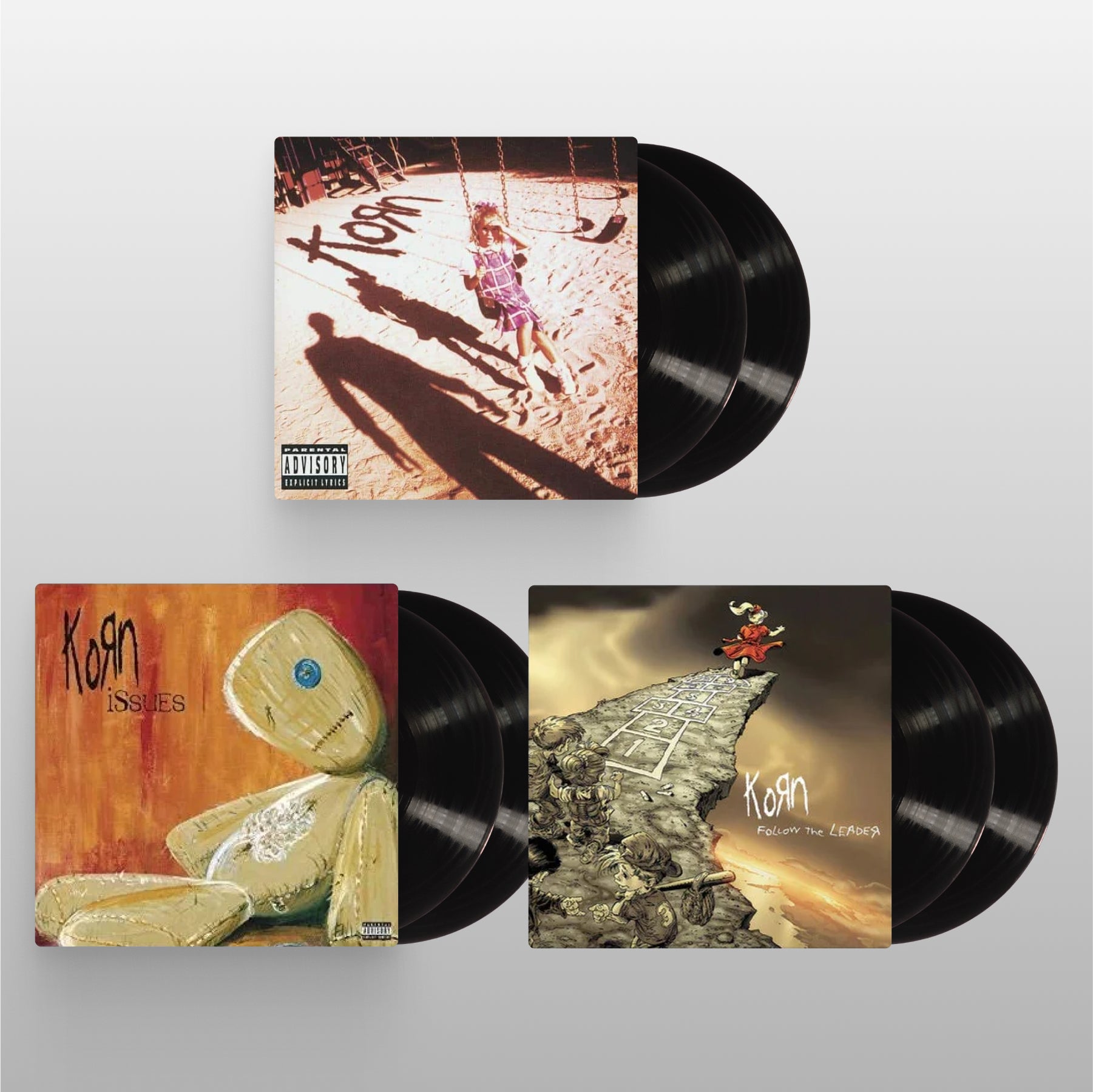

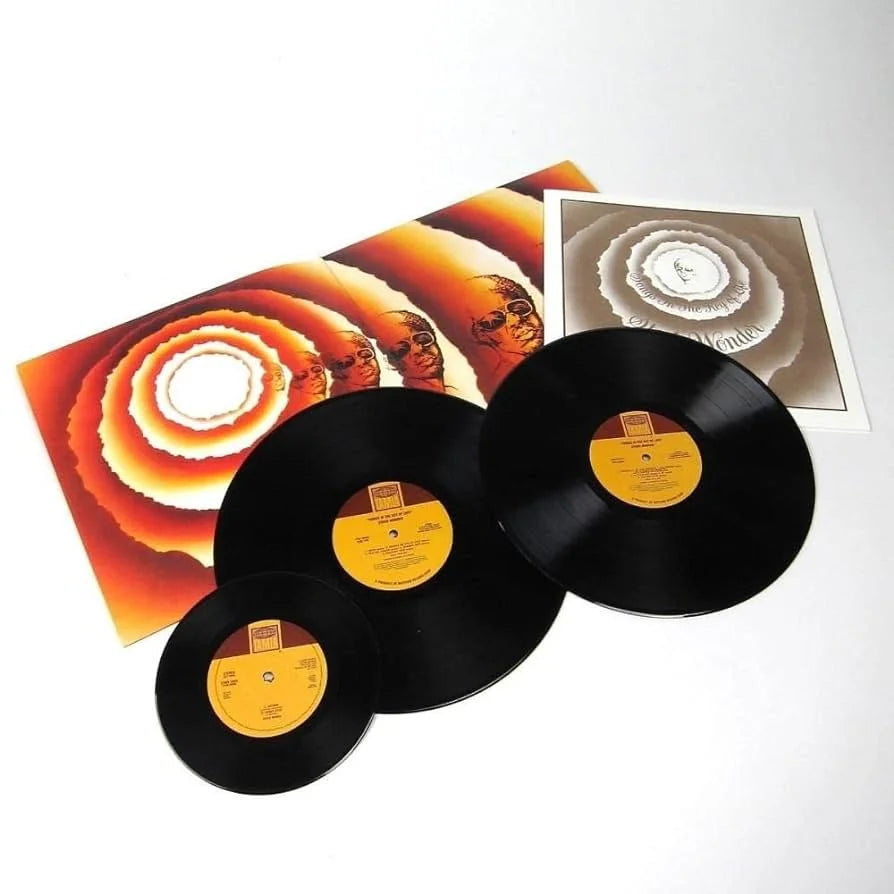
![The Grateful Dead - The Music Never Stopped [6LP Box Set]](http://vinyl.com/cdn/shop/files/The_Grateful_Dead-The_Music_Never_Stopped__6LP_Box_Set.jpg?v=1747729623&width=5760)
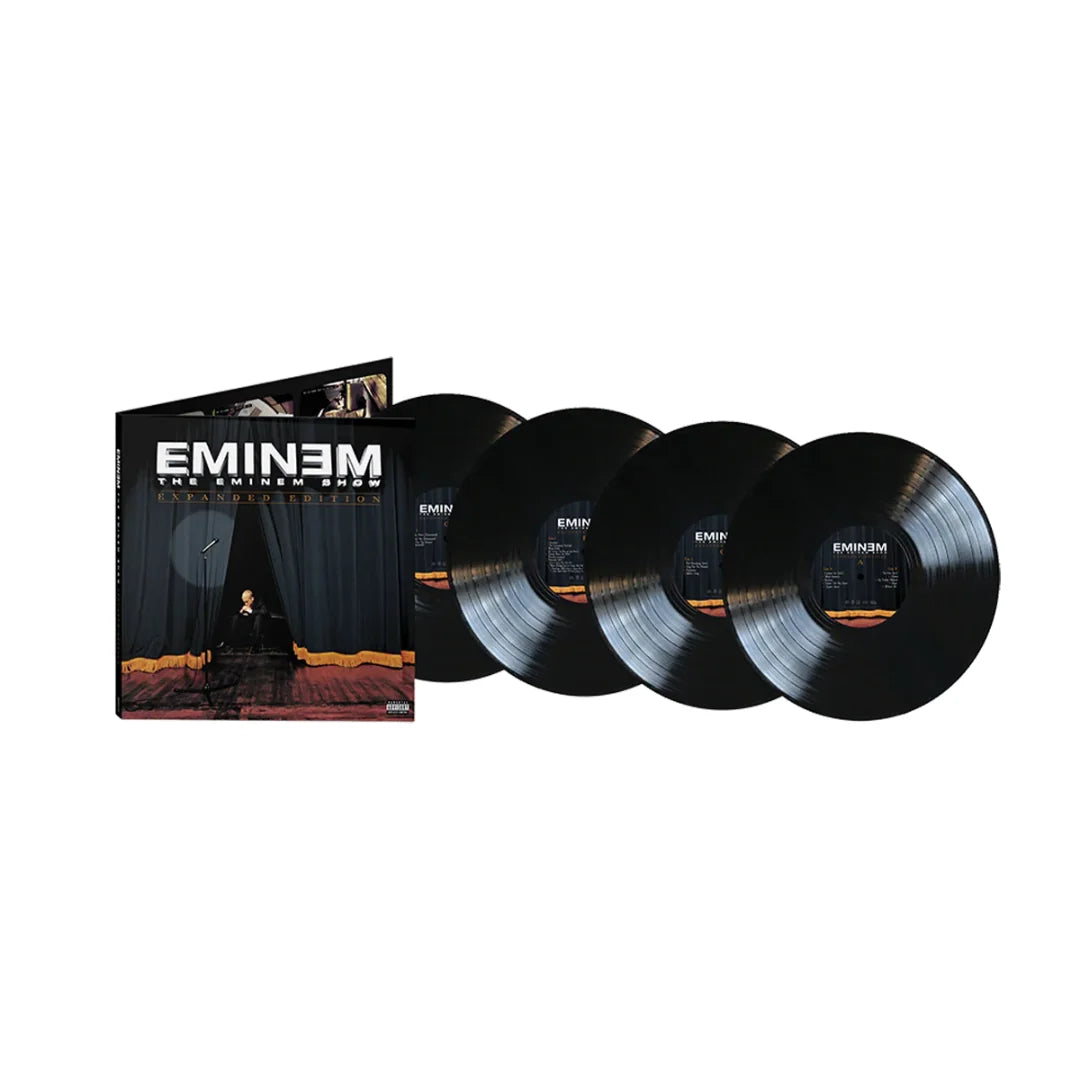
![Fleetwood Mac - Fleetwood Mac 1975 To 1987 [Clear 6LP Box Set]](http://vinyl.com/cdn/shop/files/2RHILP81833__61378.jpg?v=1743391443&width=5760)
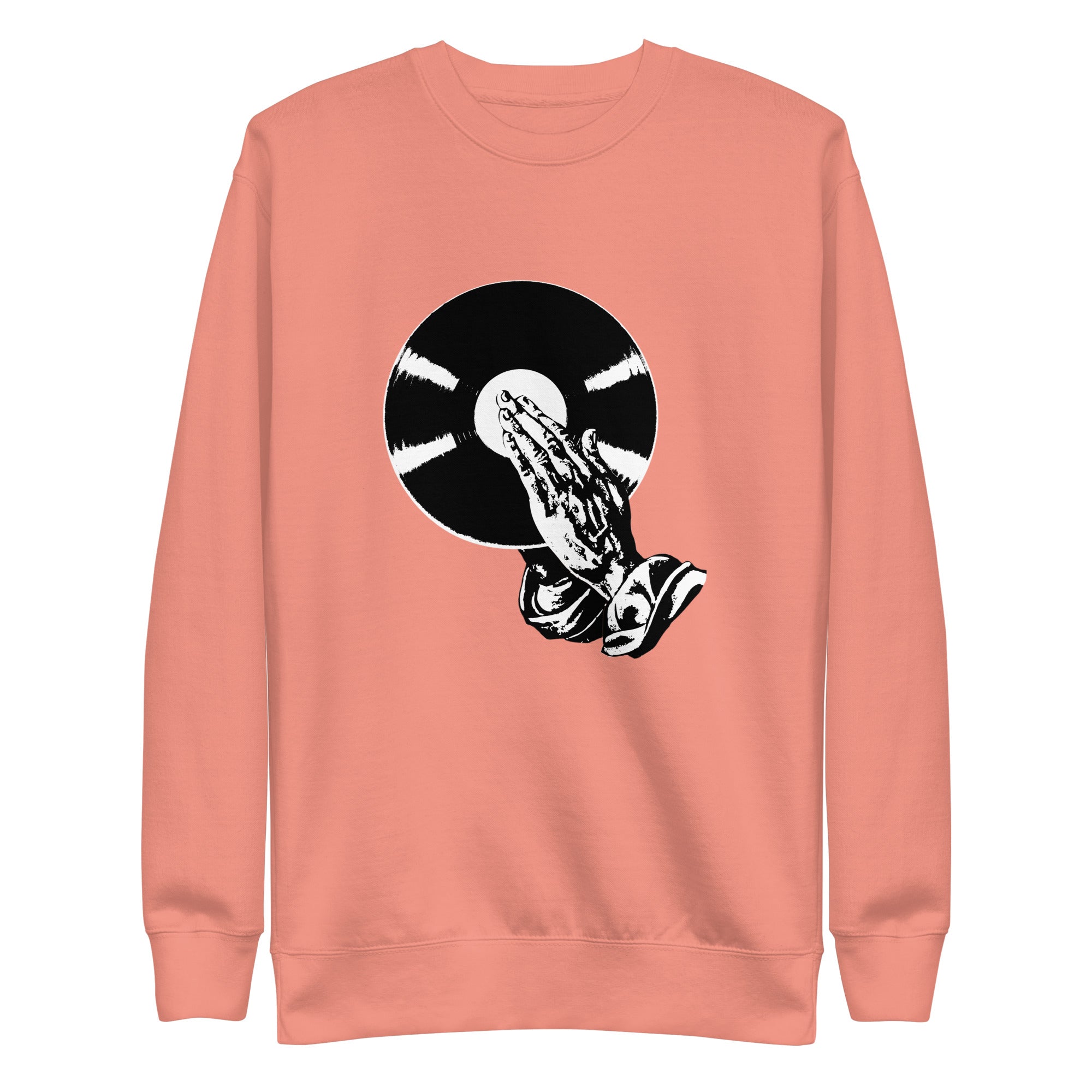
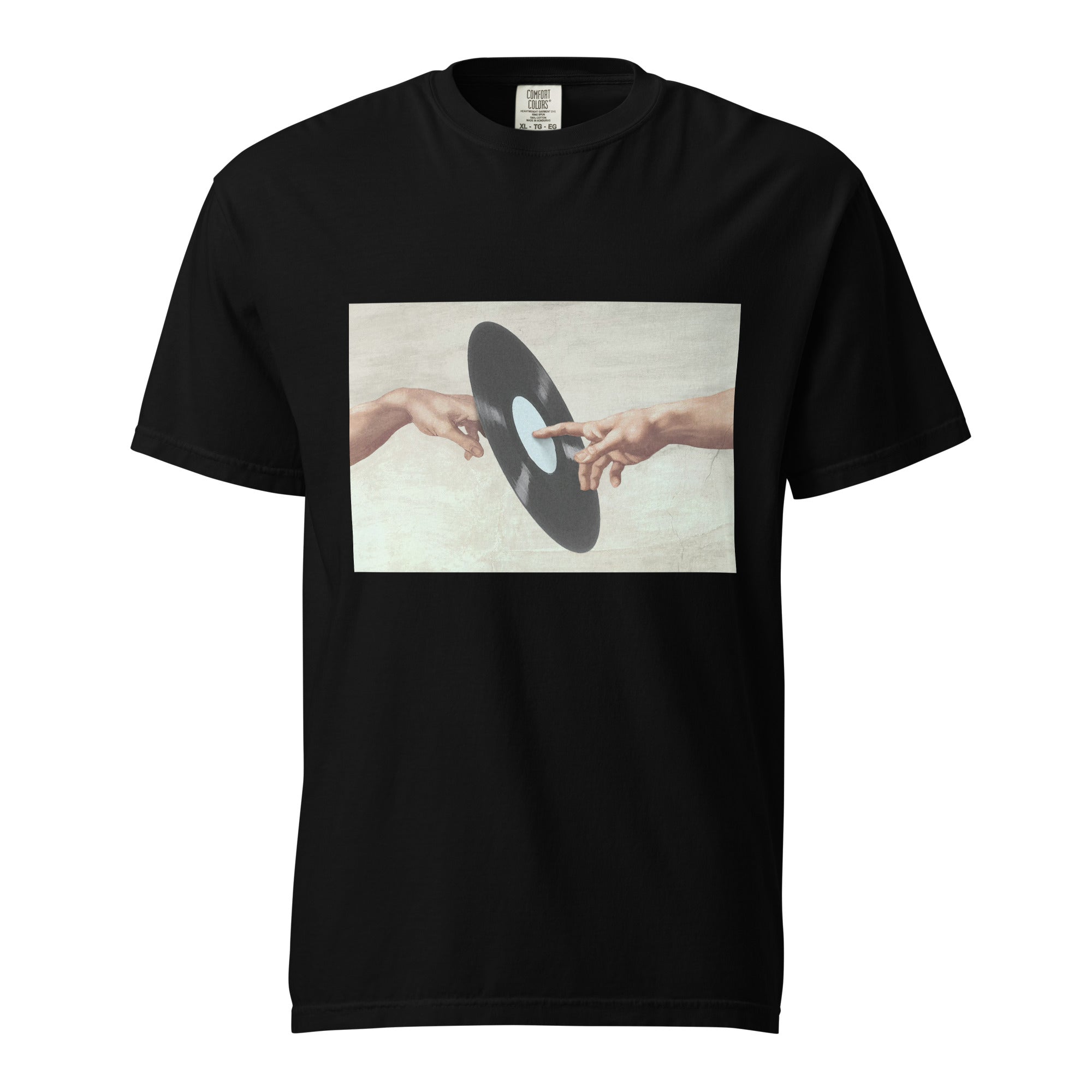
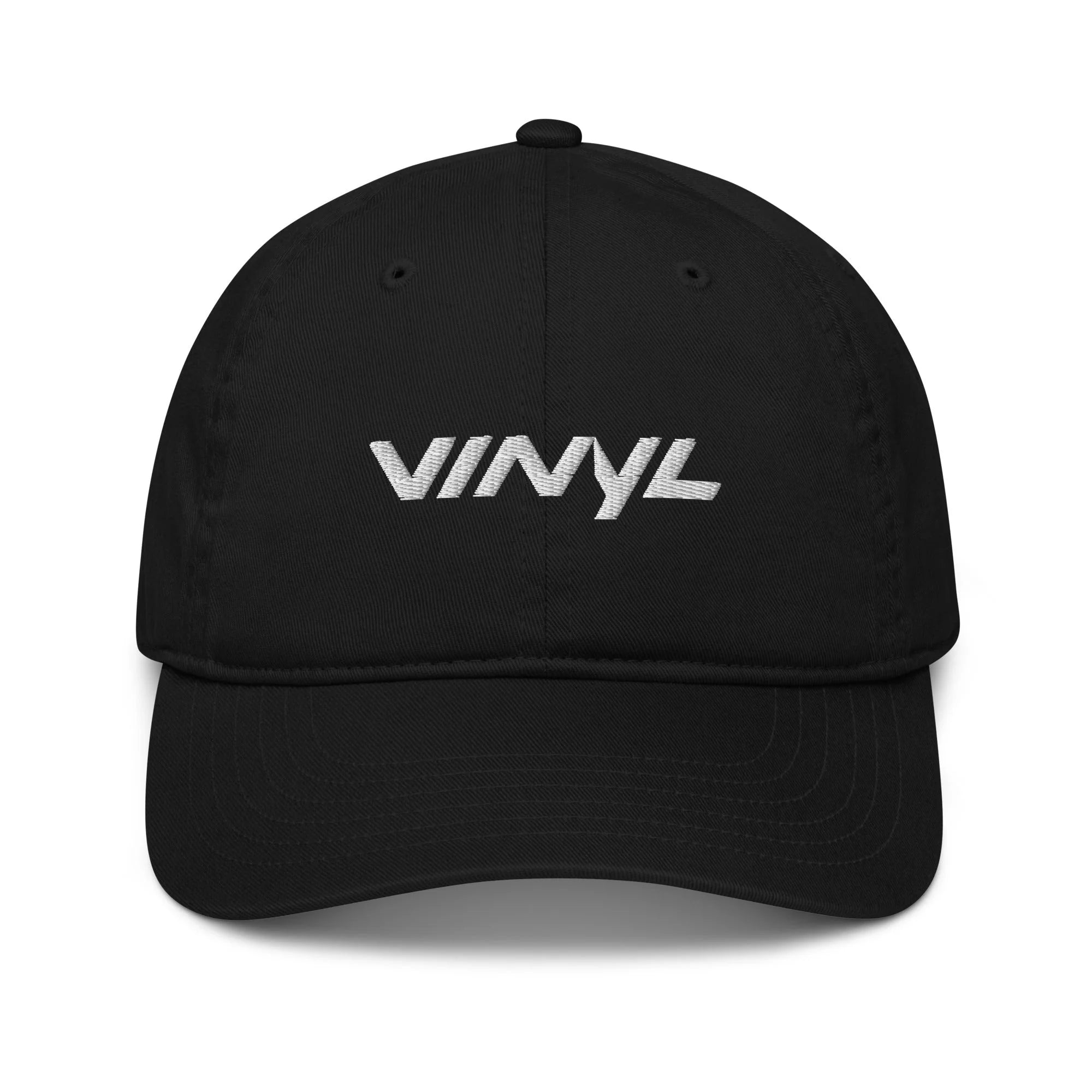
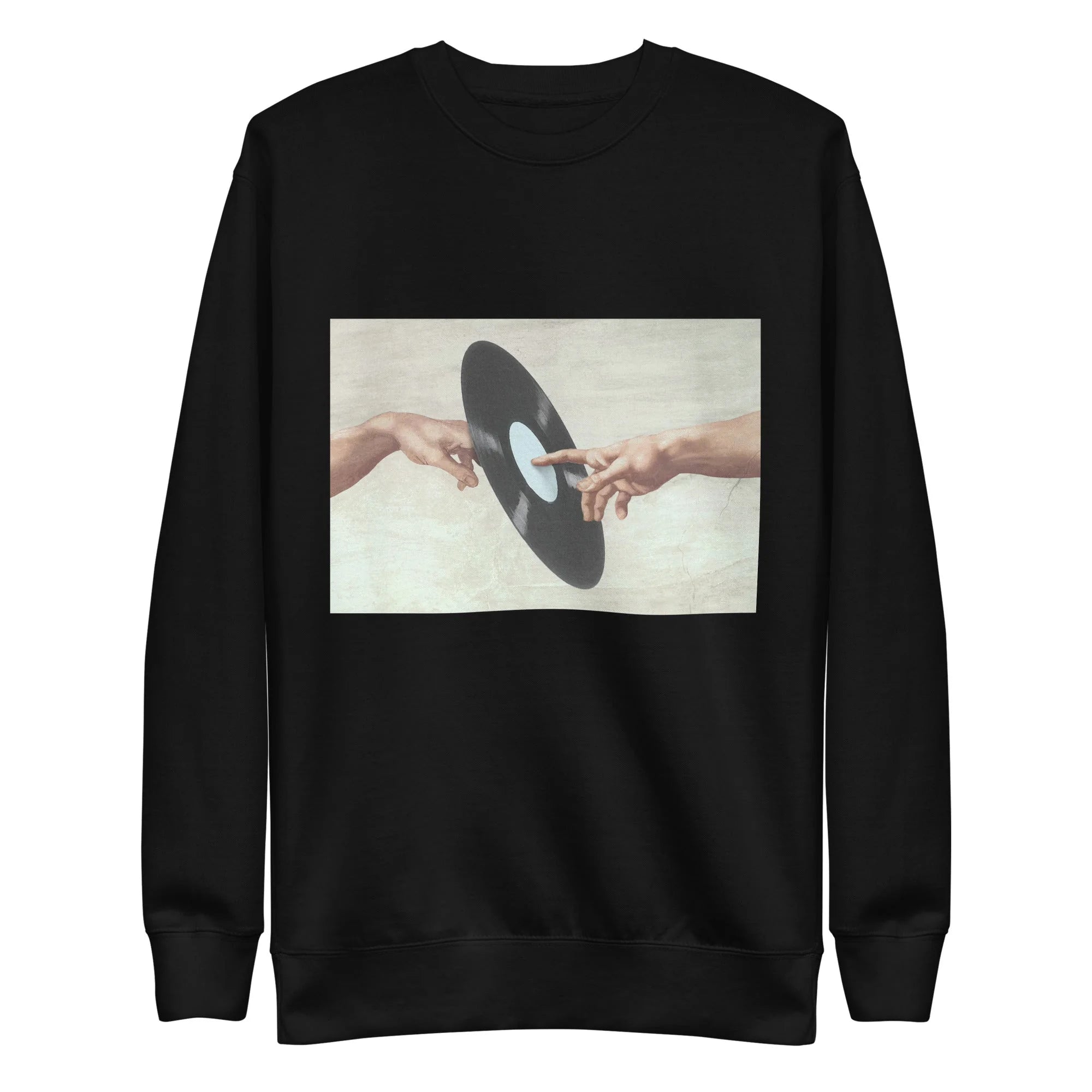
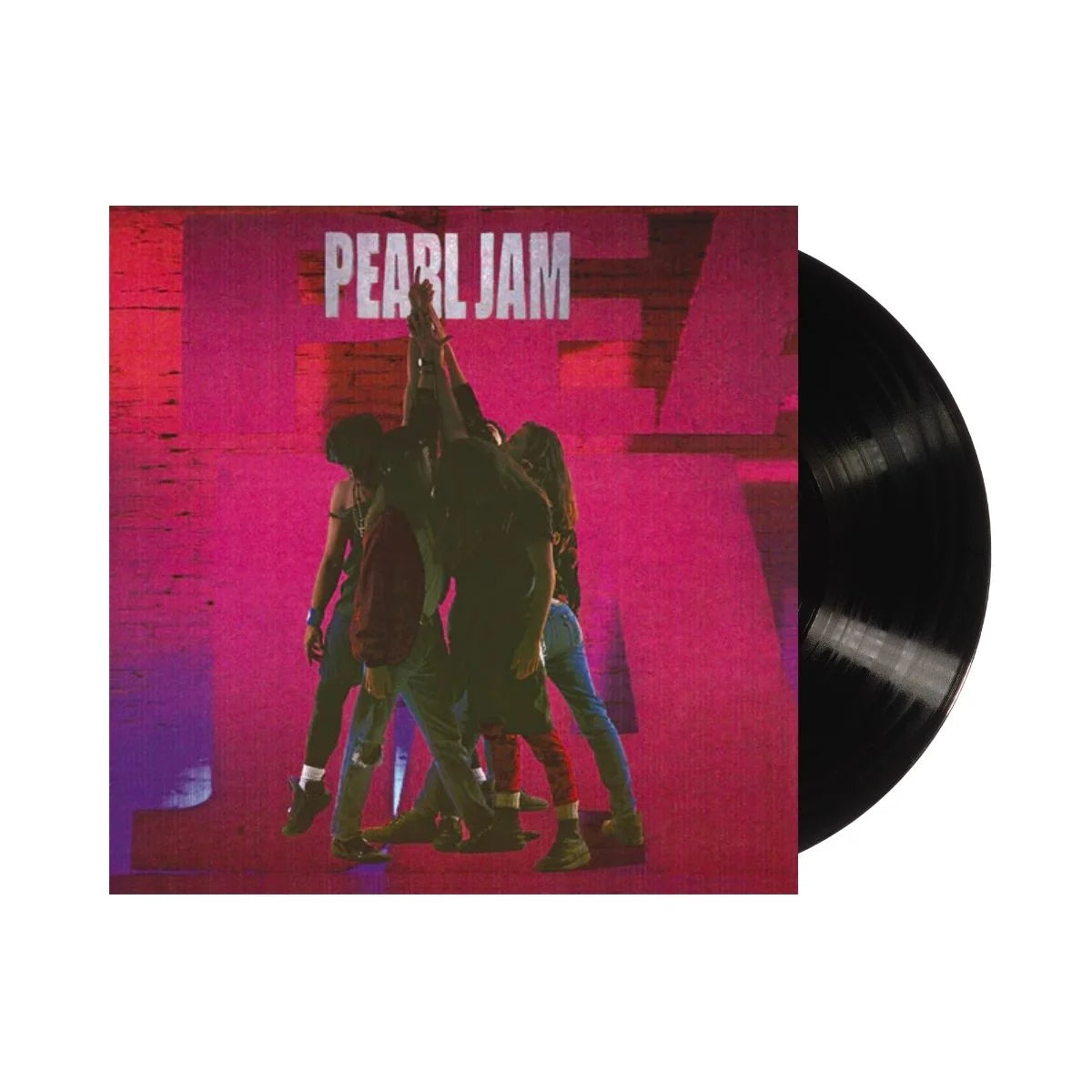
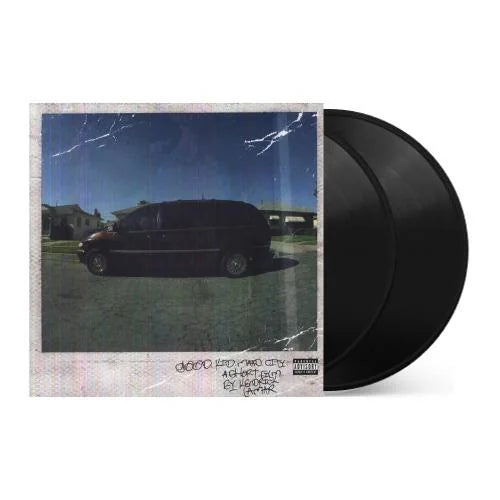
![Taylor Swift - 1989 (Taylor's Version) [2LP Crystal Skies Blue]](http://vinyl.com/cdn/shop/files/taylor_swift_1989_taylors_version.jpg?v=1734389117&width=5760)
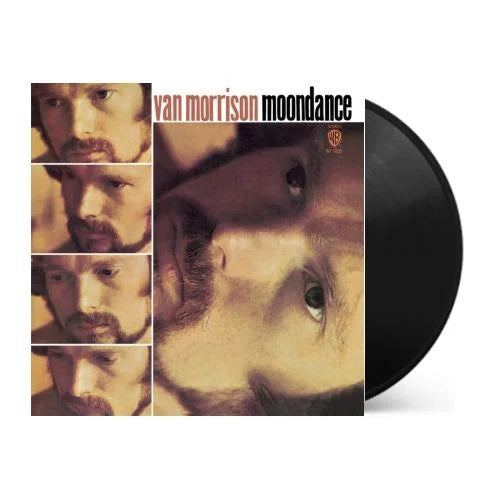
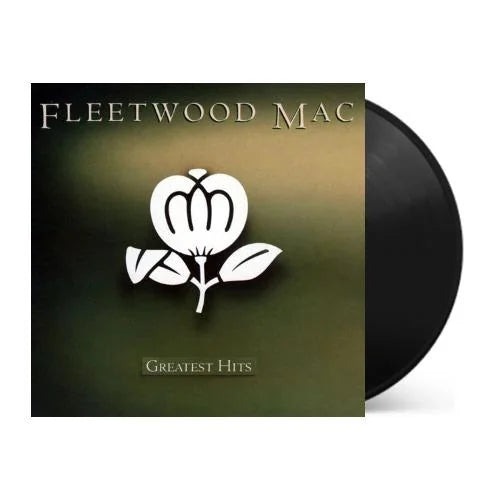
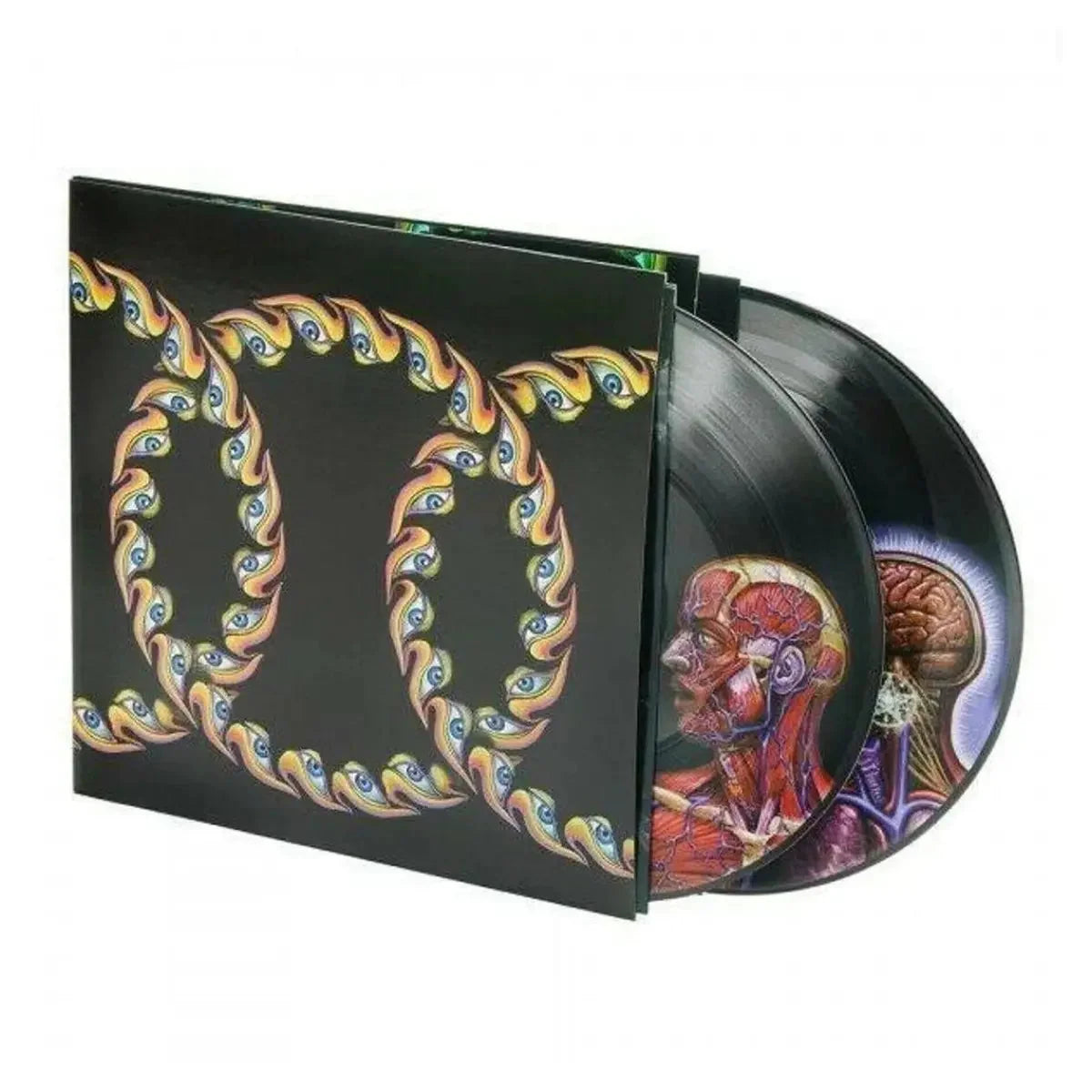
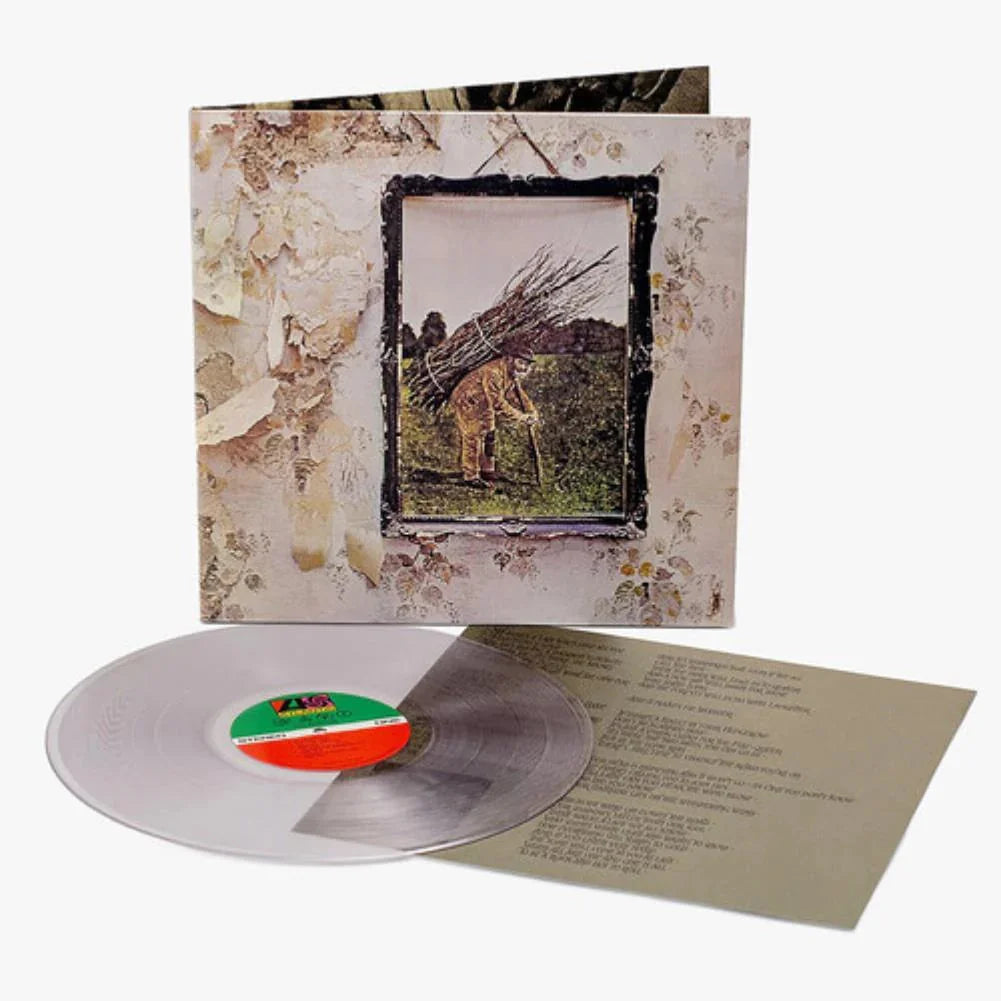
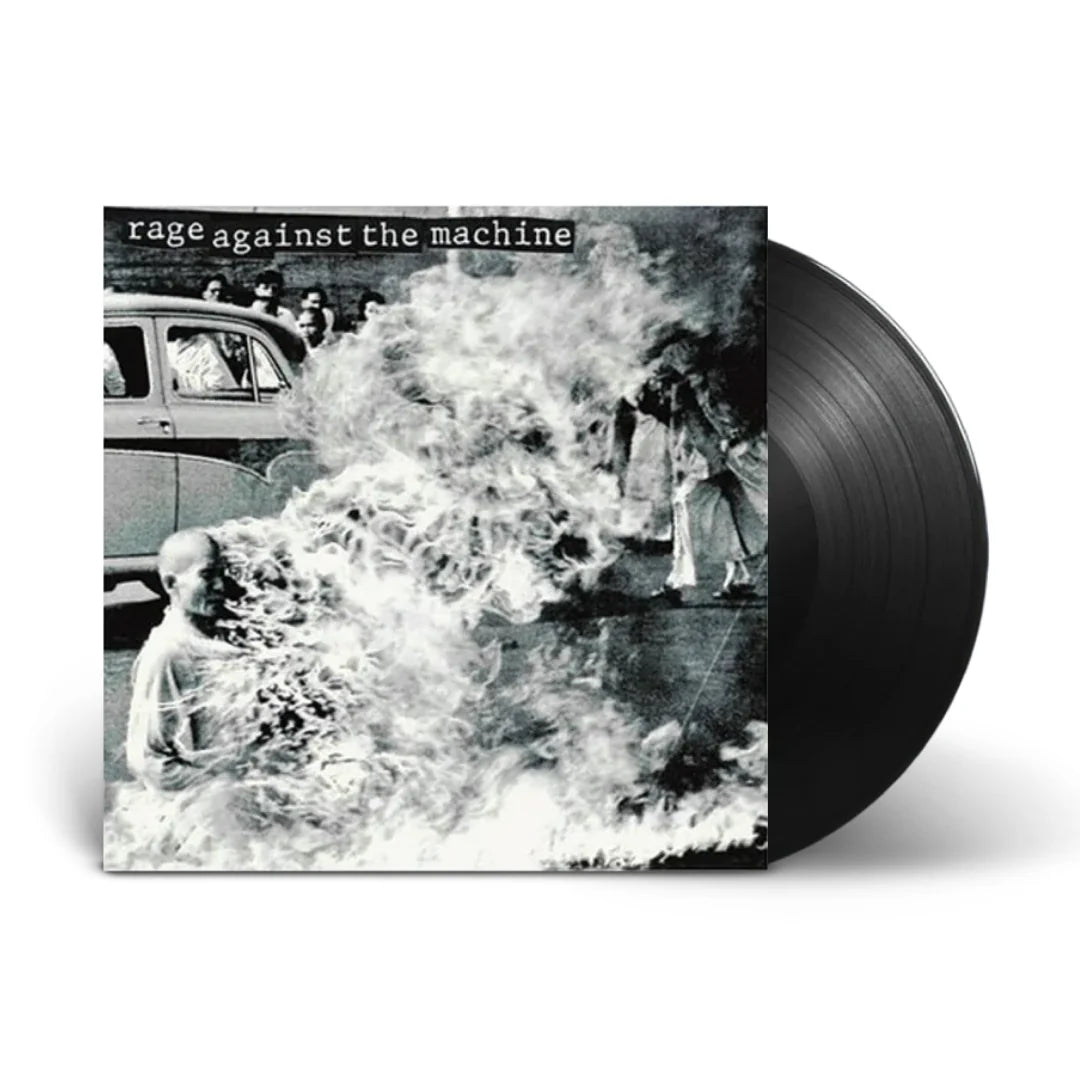
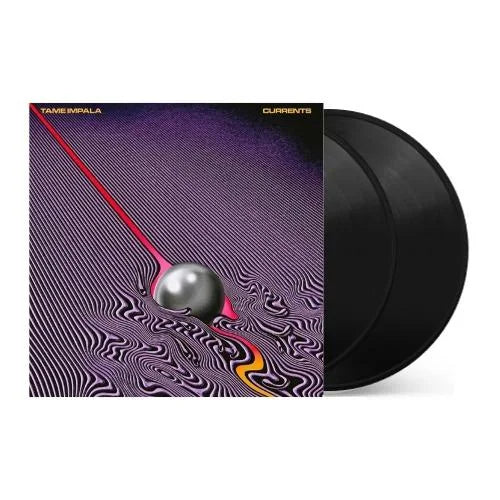
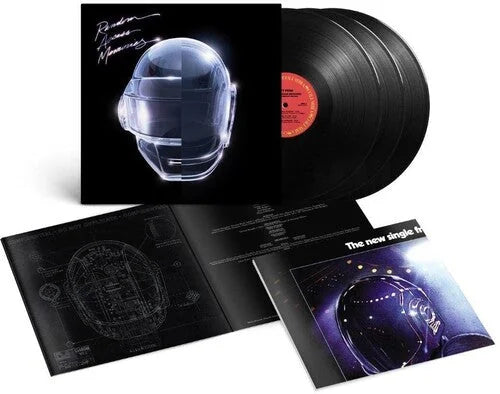
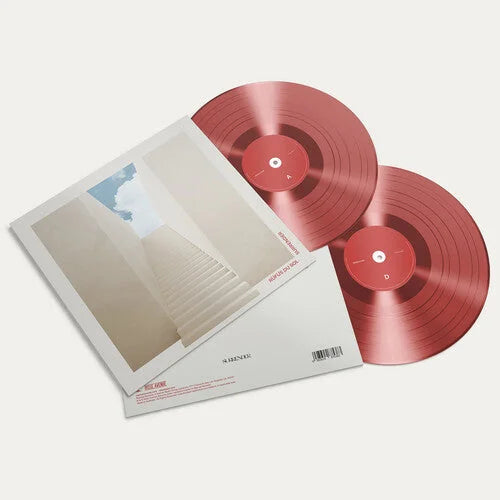

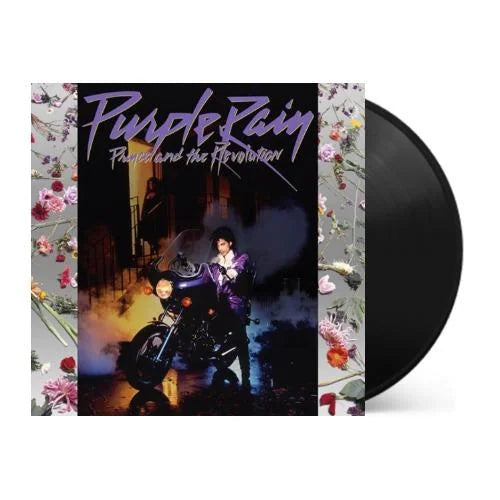
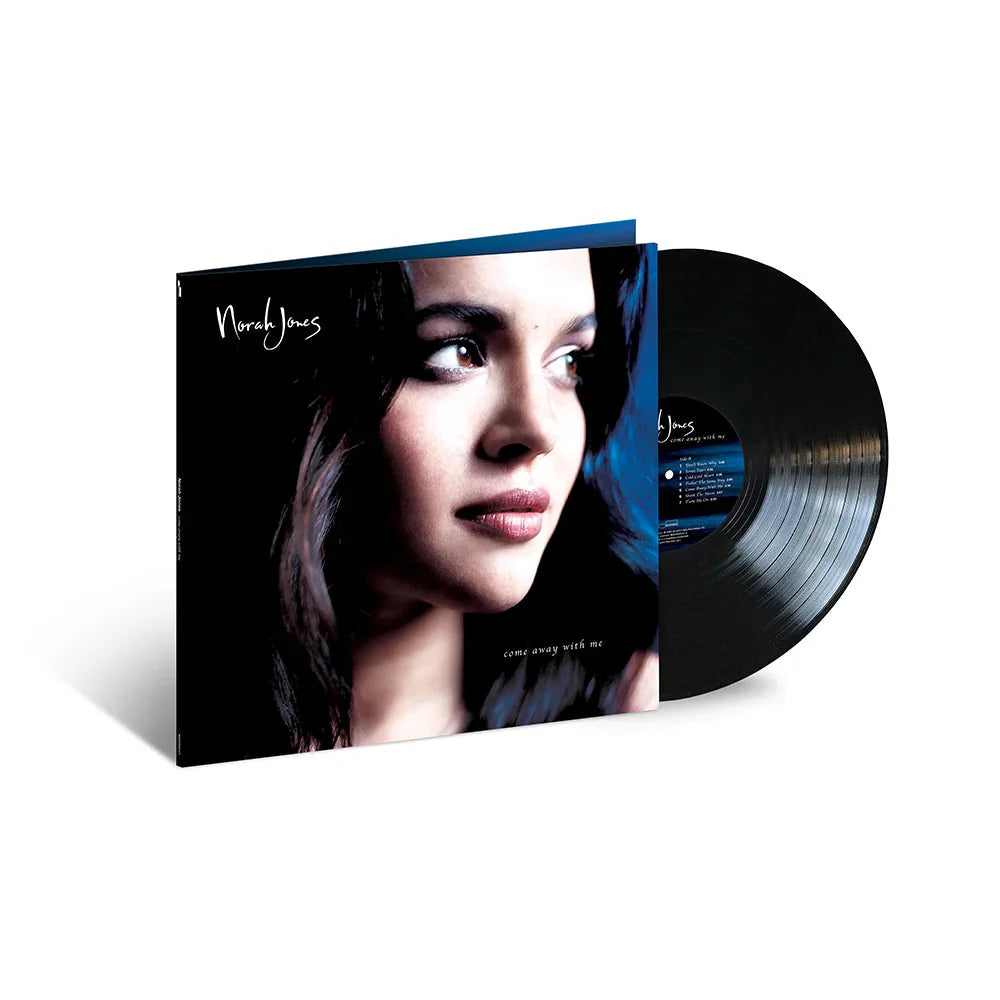
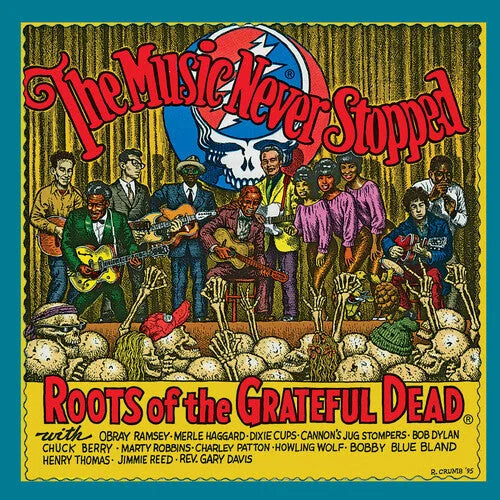

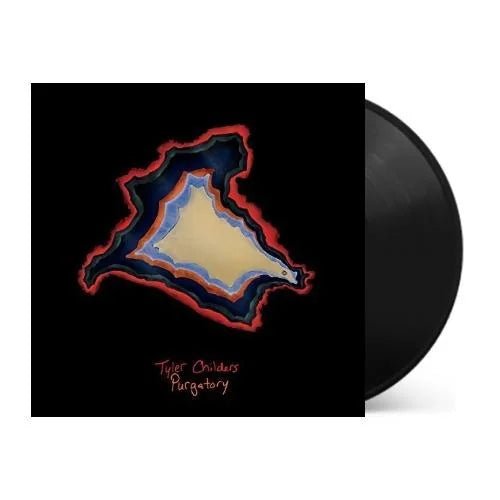
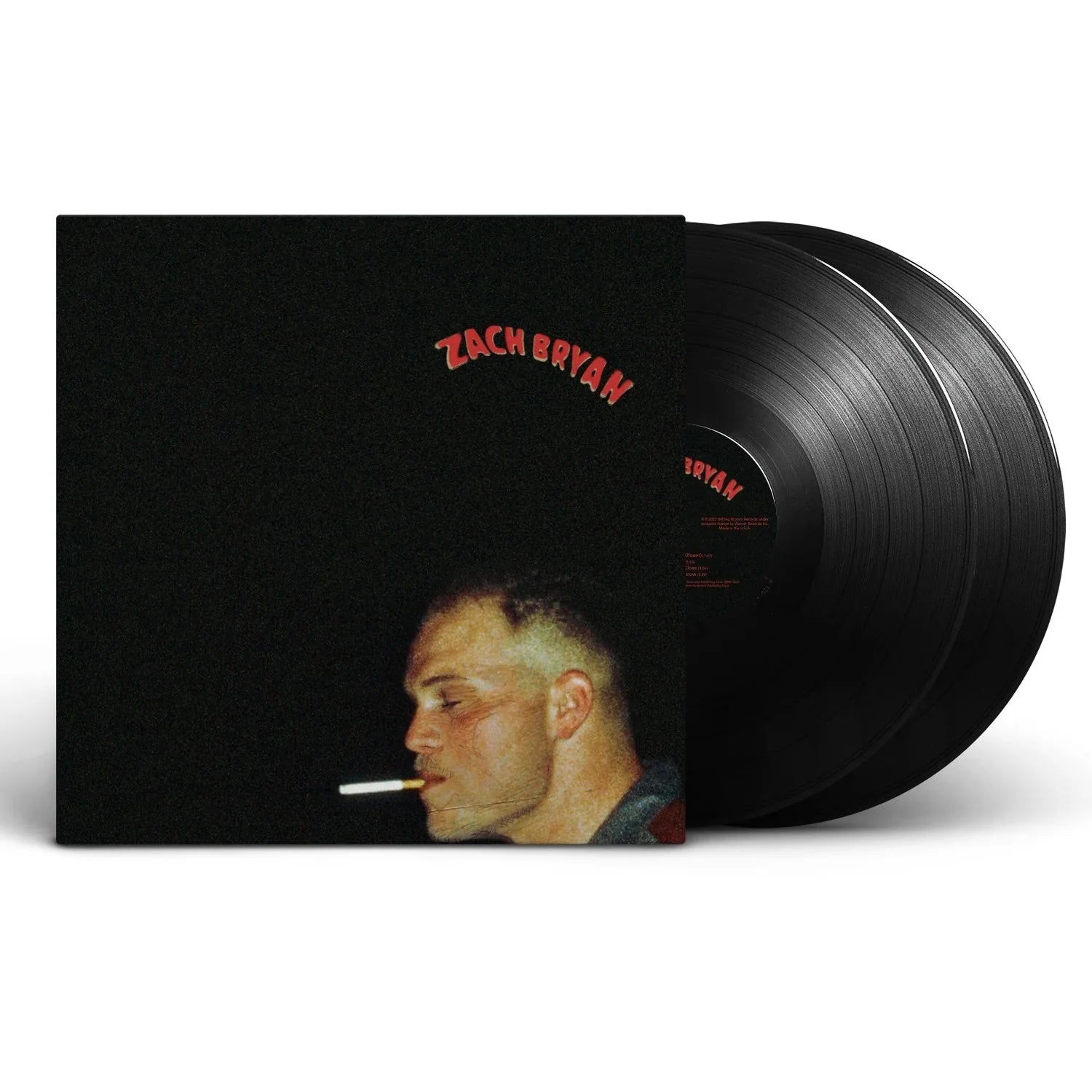
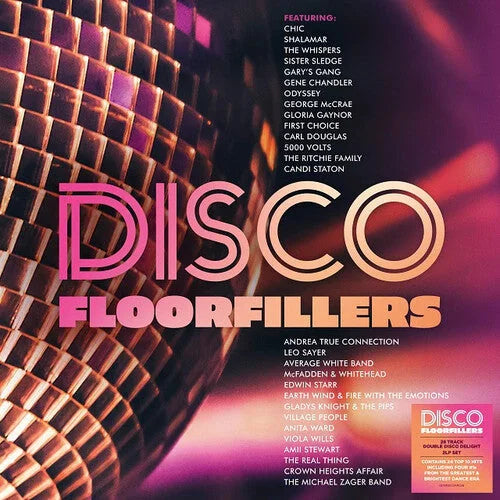
![Donna Summer - I'm A Rainbow: Recovered & Recoloured [Blue 2LP]](http://vinyl.com/cdn/shop/files/4003776-2740932.jpg?v=1684192741&width=5760)

![Miles Davis - Kind of Blue [180-gram]](http://vinyl.com/cdn/shop/files/Y4LPMD03.webp?v=1742198237&width=5760)
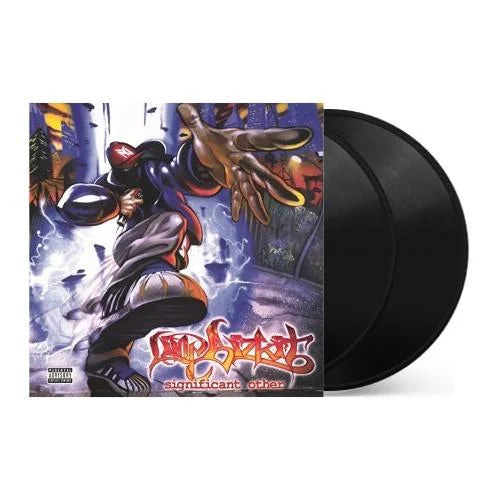
![Various Artists - Once Upon A Time: The Tarantino Sound [Red 180-Gram]](http://vinyl.com/cdn/shop/files/4376720-3283530.jpg?v=1733870948&width=5760)


